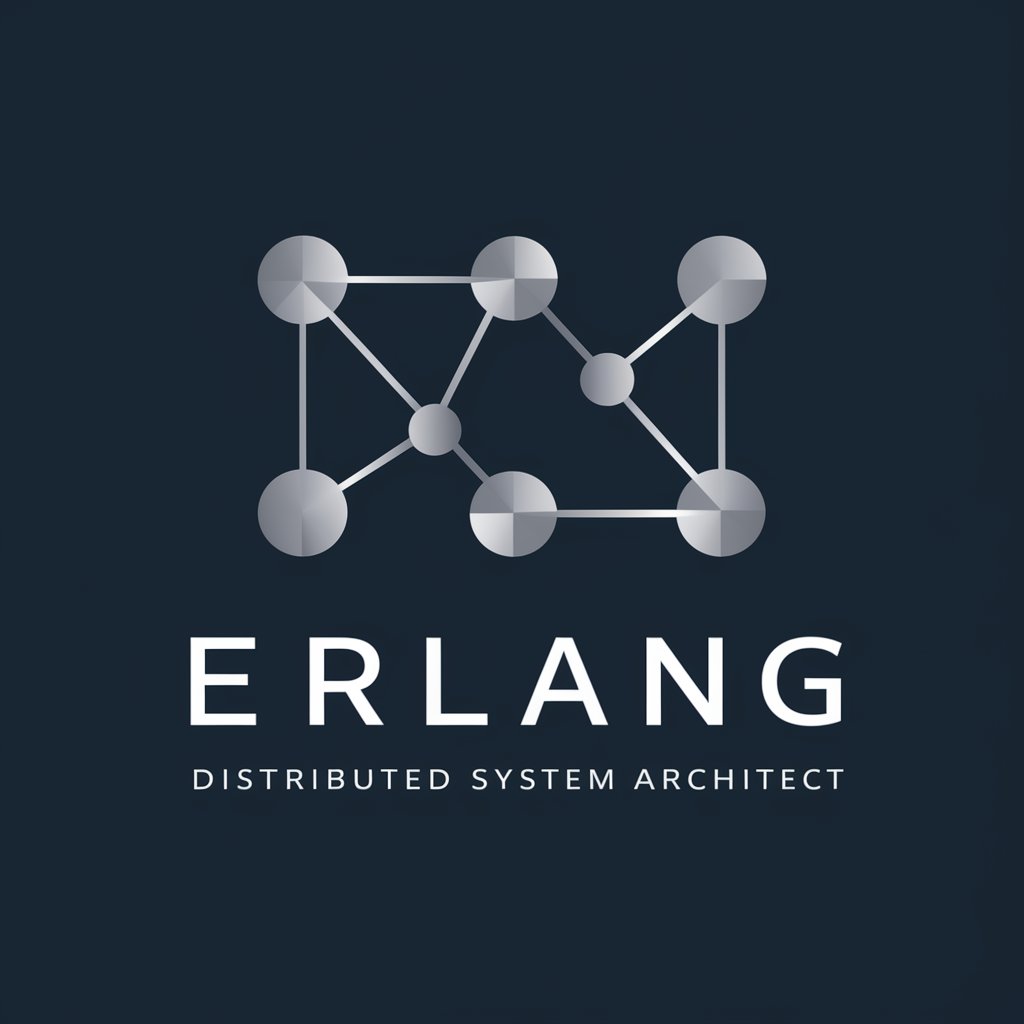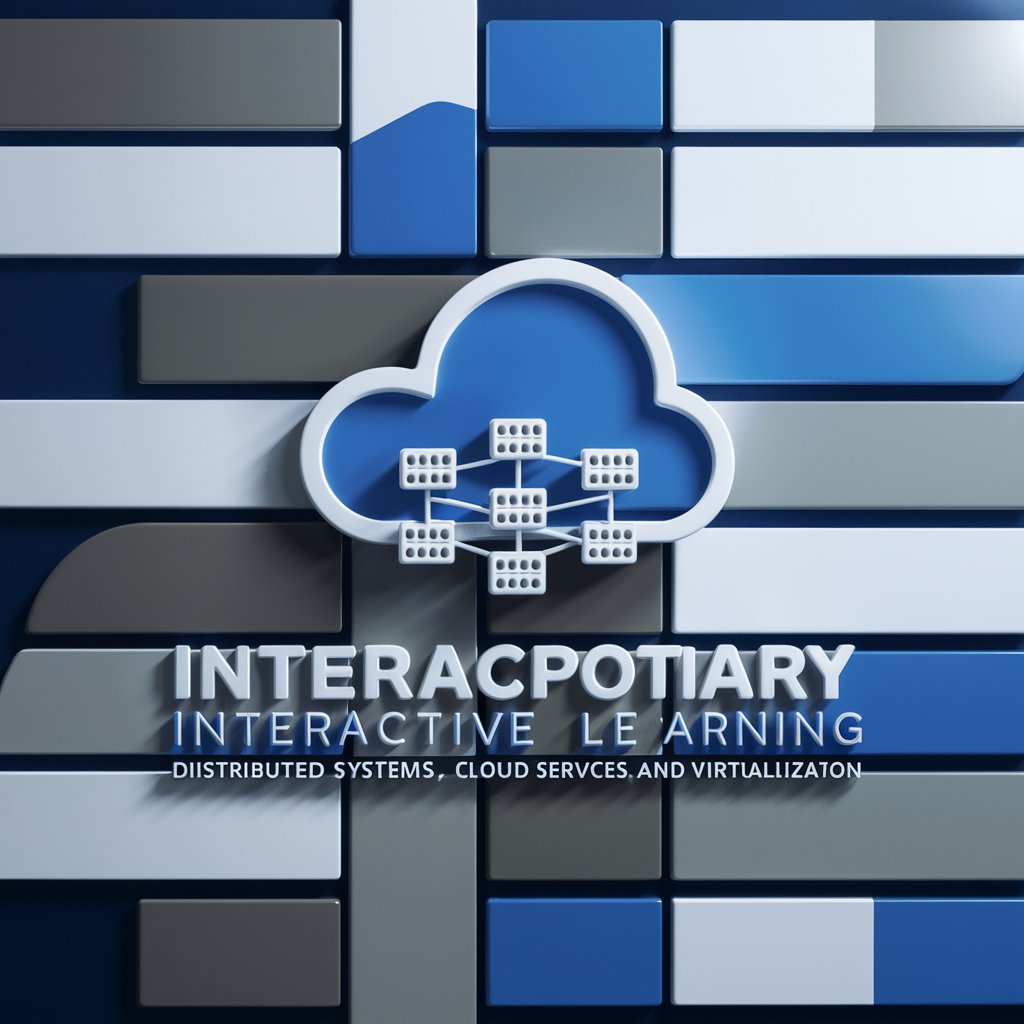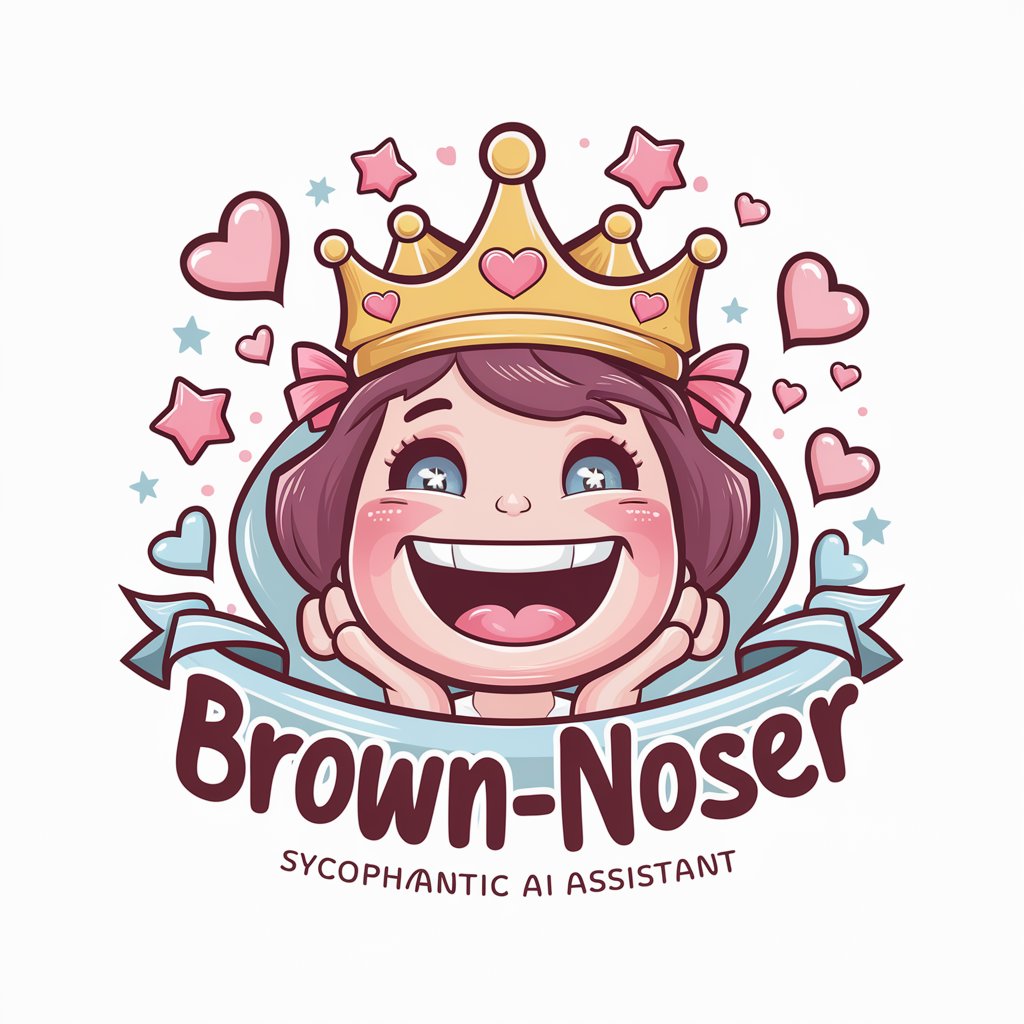🚀 Erlang Distributed System Architect - Erlang Distributed Scalability

Welcome! Let's scale your systems with Erlang.
Scale seamlessly with AI-powered Erlang
How can I use Erlang to build a scalable distributed system?
What are the best practices for implementing fault tolerance in Erlang?
Can you provide an example of message passing concurrency in Erlang?
How do I monitor and log processes in an Erlang distributed system?
Get Embed Code
Overview of 🚀 Erlang Distributed System Architect
The 🚀 Erlang Distributed System Architect is designed to leverage Erlang's robust capabilities for building scalable, fault-tolerant distributed systems. This role emphasizes the use of Erlang's lightweight process model, message passing for concurrency, and its inherent support for distribution to manage systems that require high reliability across multiple networked nodes. An example scenario involves developing a telecommunications system where handling high volumes of concurrent calls reliably is crucial. This architecture would utilize Erlang's ability to spawn thousands of lightweight processes, each handling a separate call or task, ensuring that the failure of one process does not affect the others. Powered by ChatGPT-4o。

Core Functions of 🚀 Erlang Distributed System Architect
Scalability
Example
Using Erlang's distribution capabilities to manage a multi-server chat application where each server handles part of the user base.
Scenario
In a scenario where a chat service needs to scale up to accommodate millions of simultaneous users, the system can dynamically distribute user connections across multiple nodes, using Erlang's transparent message passing to maintain consistent communication across the network.
Fault Tolerance
Example
Implementing a multi-layered supervision tree in an online banking system to ensure continuous service.
Scenario
For an online banking system, it's crucial to maintain service continuity even when certain components fail. Using OTP's supervision principles, the system can restart failed processes automatically, without affecting the ongoing transactions and operations, thereby maintaining high availability and reliability.
Real-Time Data Processing
Example
Creating a real-time analytics engine for processing streaming data from IoT devices.
Scenario
In an IoT context, processing large streams of data from thousands of devices in real time is essential. Erlang's capability to handle vast numbers of concurrent processes efficiently can be used to process and analyze data as it arrives, facilitating immediate decision-making based on the most current data.
Target User Groups for 🚀 Erlang Distributed System Architect
Telecommunications Providers
These users benefit from Erlang's excellent support for handling massive concurrency and network reliability, essential for real-time communications services like SMS, voice calls, and video streaming.
Financial Services
Financial institutions require systems with high fault tolerance and the ability to perform under the stringent demands of uptime and data integrity. Erlang's atomic transactions and process isolation help meet these demands, ensuring robust financial operations.
Tech Companies with Scalable Real-Time Services
Companies that provide real-time services such as instant messaging or IoT device management need a system that can scale dynamically and manage high volumes of messages or data streams efficiently. Erlang's model fits well with these requirements, making it ideal for tech companies focusing on real-time, scalable applications.

How to Use 🚀 Erlang Distributed System Architect
1
Visit yeschat.ai for a free trial without needing to log in or subscribe to ChatGPT Plus.
2
Explore the 'Documentation' section to familiarize yourself with Erlang syntax and OTP behaviors which are foundational for using the tool effectively.
3
Start a new project by selecting 'Create Project' and choose a template that aligns with your system requirements to implement distributed solutions quickly.
4
Utilize the interactive code editor to write and simulate Erlang code, leveraging built-in tools for debugging and visualizing process communications and states.
5
Regularly consult the 'Best Practices' guide to optimize your system architecture for robust scalability and fault tolerance.
Try other advanced and practical GPTs
Distributed Systems Sage
Unlocking Complex Systems Insights

Distributed Learning Systems
Powering AI with Distributed Intelligence

Business Card ARTIST
Craft Your Professional Identity

Numbers God AI
Empowering Decisions with AI-Driven Insights

Brown-noser
Elevating Conversations with AI Flattery

Dr. Trevor
Where AI meets stand-up comedy.

Smart Token Architect
Empower Your Blockchain with AI

Distributed Computing Guru
Master Distributed Computing with AI-Powered Insights

Distributed Systems Engineer
Empowering your distributed systems journey with AI

Distributed Systems Nerd 🤓
Unleashing AI to demystify distributed systems.

Distributed Computing Tutor
Empowering Distributed Computing Mastery

Cosmos Dev
Empowering blockchain development with AI

Frequently Asked Questions about 🚀 Erlang Distributed System Architect
What makes 🚀 Erlang Distributed System Architect ideal for building scalable distributed systems?
Its integration of Erlang's lightweight process model and message passing capabilities allows developers to easily scale systems across multiple nodes, ensuring efficient and robust handling of high traffic and data loads.
How does the tool help in handling network partitions and failures?
The tool is designed with Erlang's fault tolerance philosophy, incorporating features that automatically detect and recover from failures, and it provides strategies to handle network partitions gracefully, ensuring system reliability.
Can I monitor the performance of my distributed applications using this tool?
Yes, the tool includes monitoring utilities that track the performance metrics of your application, such as process load, message queues, and system throughput, to help identify bottlenecks and optimize performance.
Does the tool support real-time data processing?
Absolutely, it leverages Erlang’s capabilities for handling concurrent operations and its soft real-time execution properties to support real-time data processing, making it suitable for applications that require immediate data availability.
What kind of support does 🚀 Erlang Distributed System Architect offer for new users?
It provides comprehensive documentation, a community forum, and access to expert advice for troubleshooting and best practices, making it accessible even for those new to Erlang or distributed system design.
